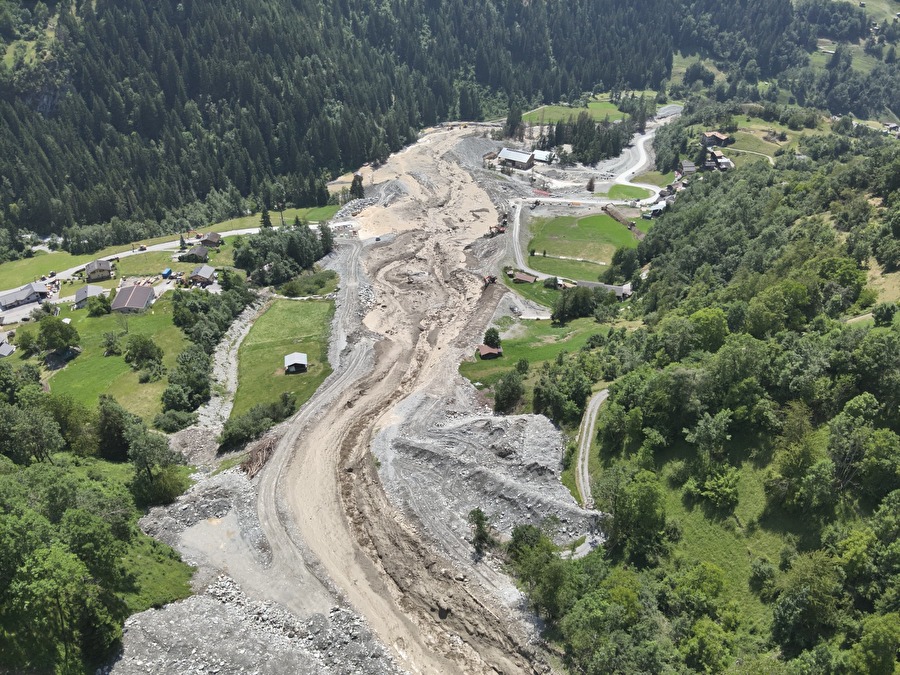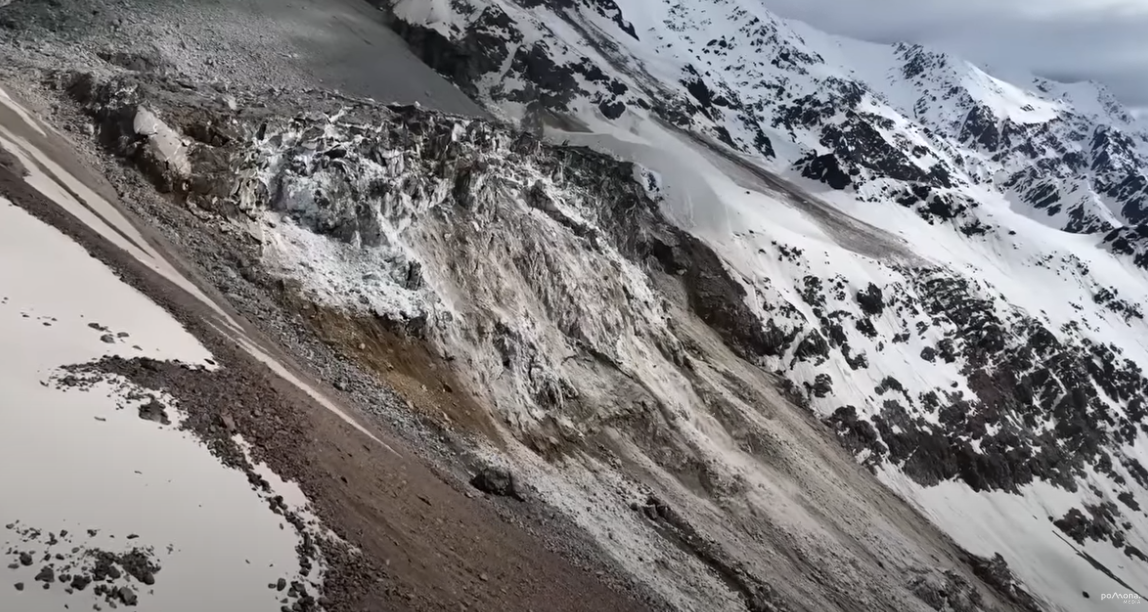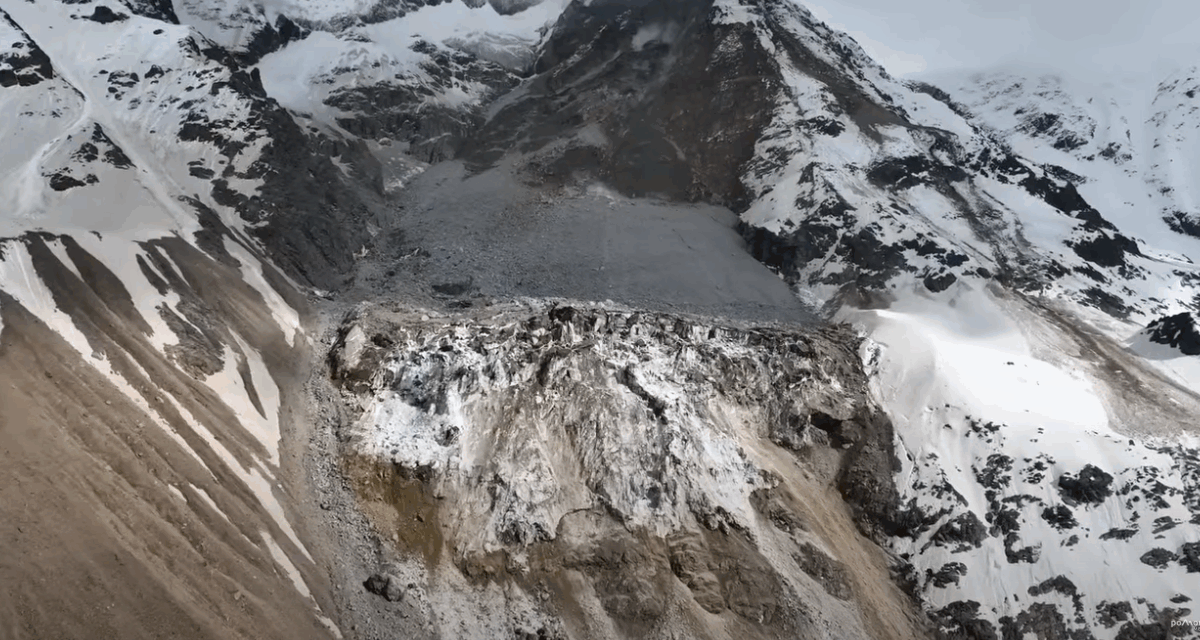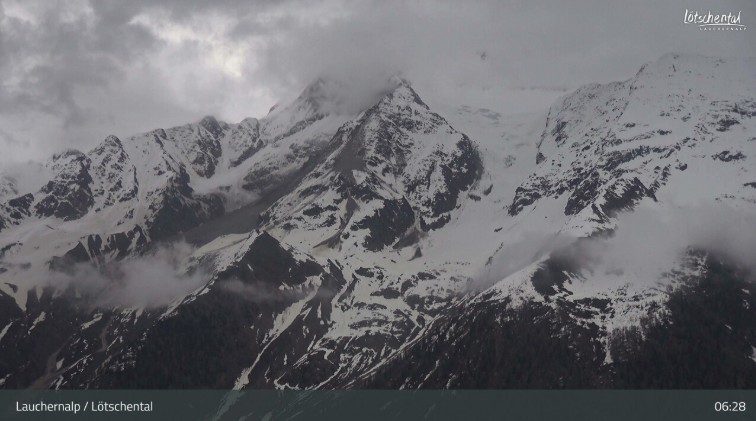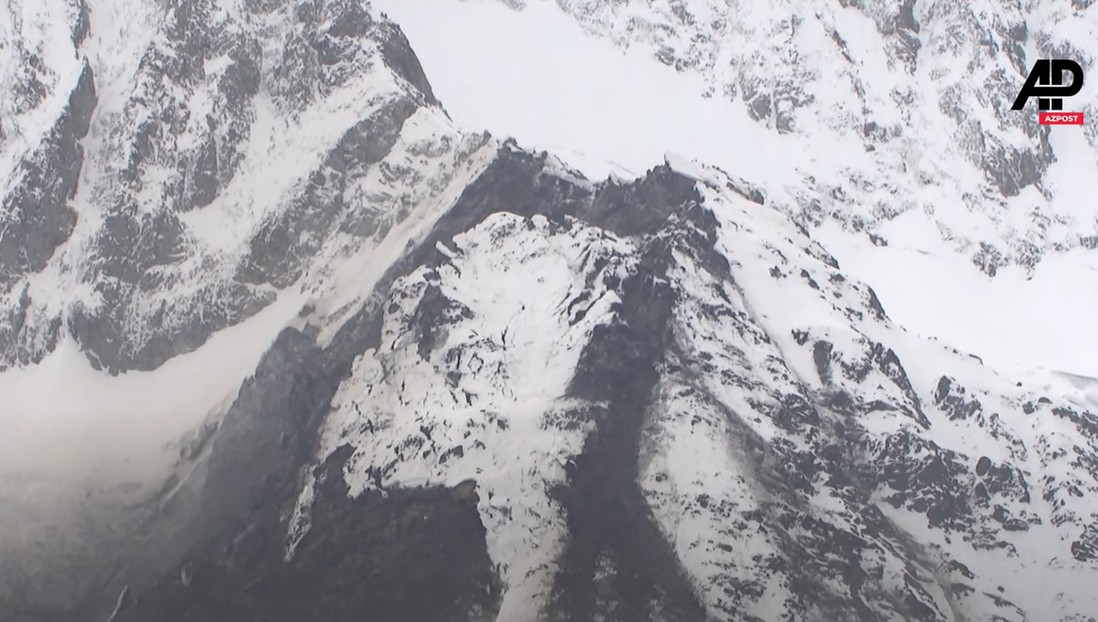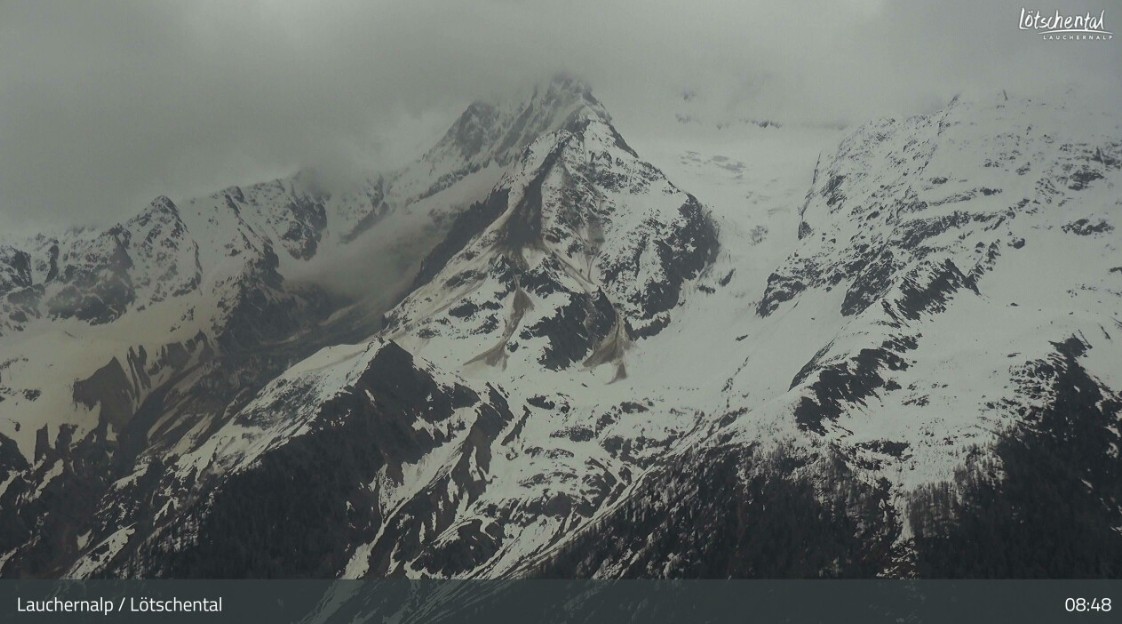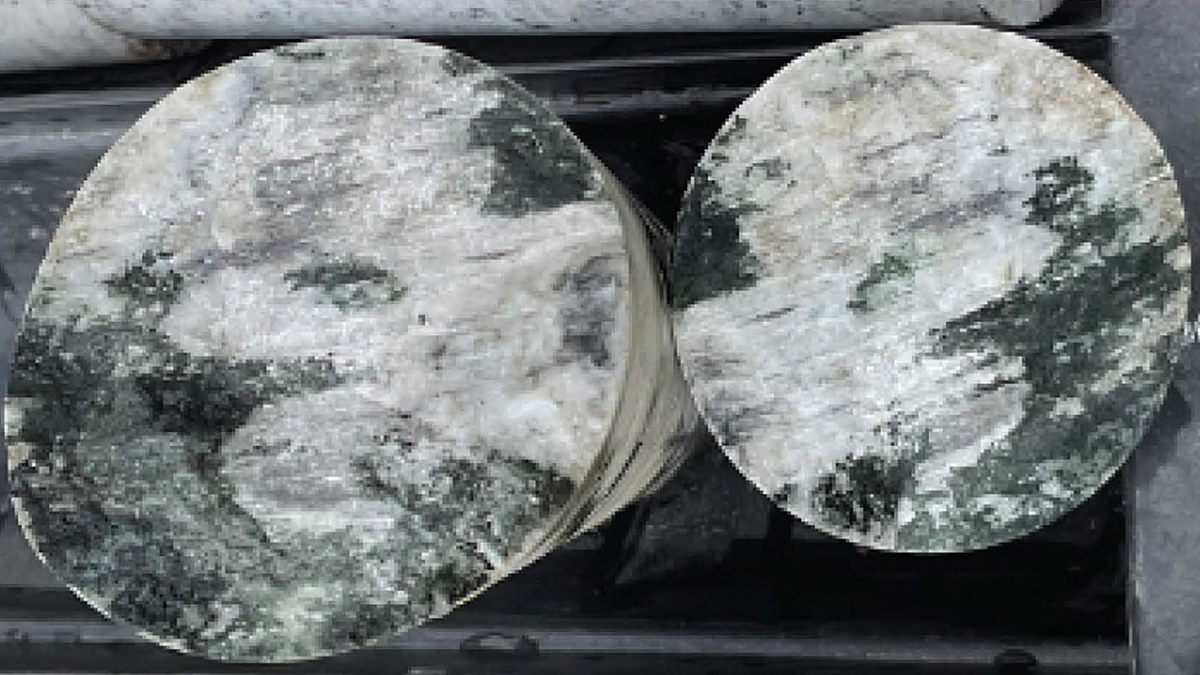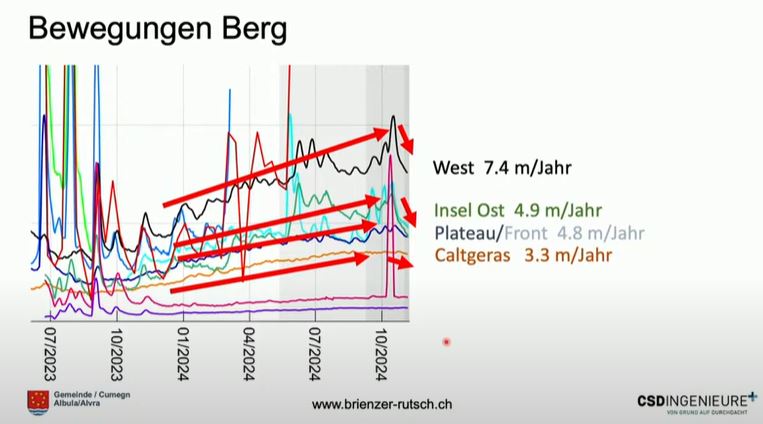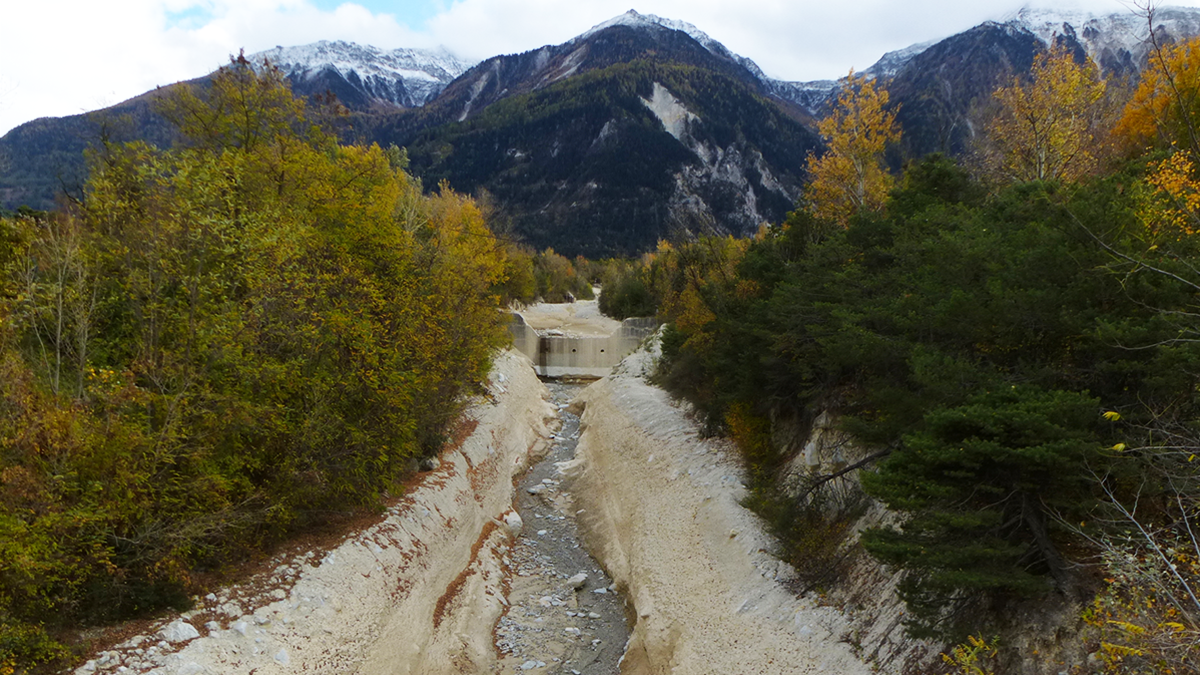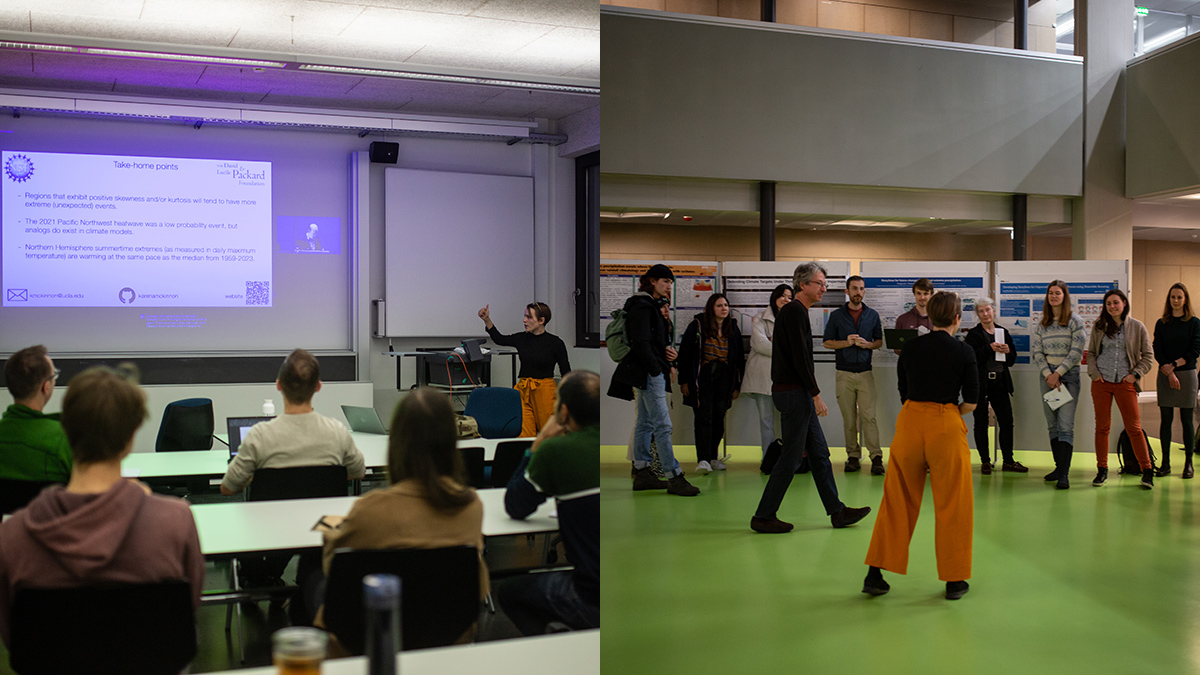30 people have been evacuated in Les Epenays and Fregnoley in the Val de Bagnes in Valais due to the threat of debris flows . As the dust settles on the landslide crisis at Blatten, Swissinfo has published a very nice article highlighting the growing landslide risk in Switzerland. For example, in the canton of […]
Switzerland
The 28 May 2025 catastrophic failure of the Birch Glacier and the partial burial of Blatten
The Landslide Blog is written by Dave Petley, who is widely recognized as a world leader in the study and management of landslides. Over the course of the last few days, I have been blogging about the evolving situation on the slopes above Blatten in Switzerland. I documented that attention slowly transitioned from worries about […]
The 28 May 2025 update on the landslide threatening Blatten in Switzerland
The Landslide Blog is written by Dave Petley, who is widely recognized as a world leader in the study and management of landslides. Over the last 24 hours there have been further developments in the situation on the slopes above Blatten in Switzerland, with attention continuing to focus primarily on the Birch Glacier. Yesterday evening […]
The 26/27 May 2025 update on the landslide threatening Blatten in Switzerland
Smaller rockfalls have reduced the risk of a major rock slope collapse above Blatten, but attention has shifted to the Birch Glacier, which is now moving at 10 metres per day. The Landslide Blog is written by Dave Petley, who is widely recognised as a world leader in the study and management of landslides. Over […]
The 21 May 2025 update on the landslide threatening Blatten in Switzerland
The Landslide Blog is written by Dave Petley, who is widely recognised as a world leader in the study and management of landslides. News this morning from Blatten in Switzerland is that the landslide on Kleiner Nesthorn has continued to develop. Blue News reports that: “The situation in Blatten in the Valais Lötschental remained tense […]
The incipient major rock slope failure at Blatten in Switzerland
The Landslide Blog is written by Dave Petley, who is widely recognized as a world leader in the study and management of landslides. In Switzerland, a dramatic rock slope failure is developing above Blatten [46.4128, 7.7987], a village located in Vallais Canton. Blue News is providing regular updates on a dedicated website. The drama started […]
Diverse Seismic Response in Hectometer-Scale Fracture System
An underground experiment with multi-stage stimulations reveals diverse seismic responses within a complex hectometer-scale fracture network, shedding light on induced seismicity behaviors at field scale.
A new landslide-driven evacuation of Brienz in Switzerland
The Landslide Blog is written by Dave Petley, who is widely recognized as a world leader in the study and management of landslides. Back in the summer of 2023, Brienz in Switzerland was evacuated due to the threat of a large rockslope failure that threatened to bury the village. The so-called Brienz-Brinzauls landslide finally failed […]
Counting from One to Nine to Detect Debris Flows
A groundbreaking method using Benford’s law allows the detection of debris flows from seismic signals.
A More Sustainable Way to Attend Distant Science Conferences
For AGU’s annual meeting in 2023, a virtual hub in Zürich combined remote presentations and in-person viewing groups to reduce travel but keep in-person interactions.

